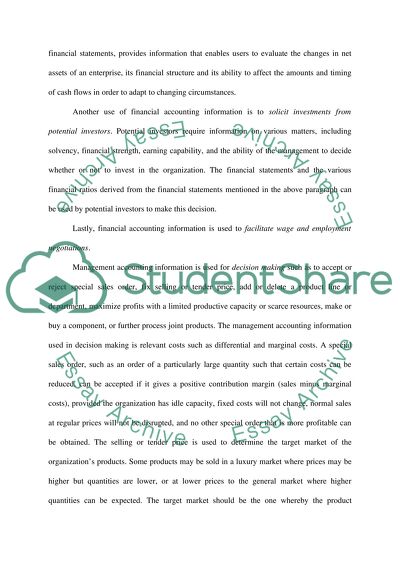Cite this document
(“The usage of financial accounting information Essay”, n.d.)
The usage of financial accounting information Essay. Retrieved from https://studentshare.org/finance-accounting/1501838-accounting-and-finance-college-essay
The usage of financial accounting information Essay. Retrieved from https://studentshare.org/finance-accounting/1501838-accounting-and-finance-college-essay
(The Usage of Financial Accounting Information Essay)
The Usage of Financial Accounting Information Essay. https://studentshare.org/finance-accounting/1501838-accounting-and-finance-college-essay.
The Usage of Financial Accounting Information Essay. https://studentshare.org/finance-accounting/1501838-accounting-and-finance-college-essay.
“The Usage of Financial Accounting Information Essay”, n.d. https://studentshare.org/finance-accounting/1501838-accounting-and-finance-college-essay.


